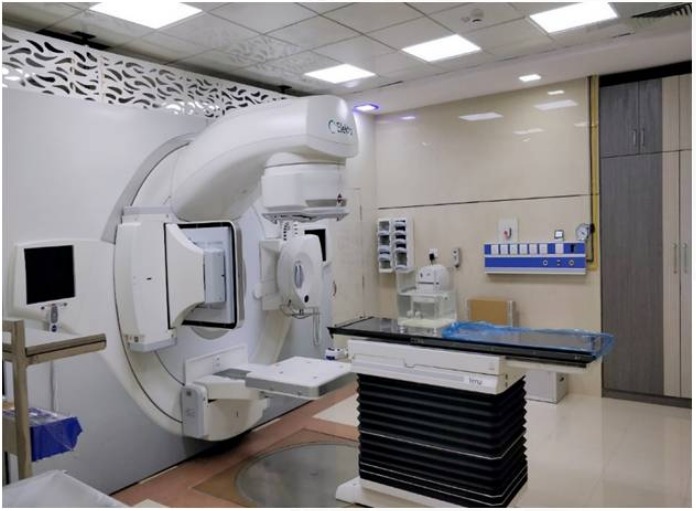CNN Central News & Network–ITDC India Epress/ITDC News Bhopal: “The cancer department of AIIMS Bhopal, under the skilled leadership of Director Ajay Singh, has emerged as a ray of hope for cancer patients across the region. During the past year, the department has witnessed an unprecedented increase in the number of patients, with over 36,000 individuals benefiting from its services in the outpatient department (OPD) alone. In the month of February, nearly 4,000 patients visited the cancer OPD. AIIMS Bhopal is committed to fulfilling the growing healthcare needs of the community.
The cancer department at AIIMS Bhopal is equipped with state-of-the-art facilities and modern technology. It boasts advanced equipment such as Linear Accelerator (IMRT), VMAT, IGRT, SRS, and SRT. Additionally, the latest breakthrough therapy techniques such as IORT, brachytherapy, modulated arc therapy, and intraluminal therapy are also available. Professor Manish Gupta, Head of the Radiation Oncology department, emphasized the department’s commitment to early detection of cancer and comprehensive treatment options, stating that early detection can effectively eliminate the disease.
Even in advanced stages, a combination of treatments including surgery, radiation, and chemotherapy yields promising results in curing the disease. All these treatments at AIIMS are offered at a minimum cost determined by the government. Professor Ajay Singh highlighted the importance of raising awareness about cancer prevention and early detection. He said, “Our mission is not only to provide exceptional medical care but also to empower the department with resources to effectively tackle cancer.”
Together, we strive to bring meaningful changes in the lives of our patients.” Professor Singh’s efforts have led to the establishment of a palliative ward for patients in the final stages of cancer, along with a day care ward for patients undergoing chemotherapy. As cancer incidences continue to rise, AIIMS Bhopal is steadfast in its dedication to advancing cancer care through research, education, and clinical practice.”







